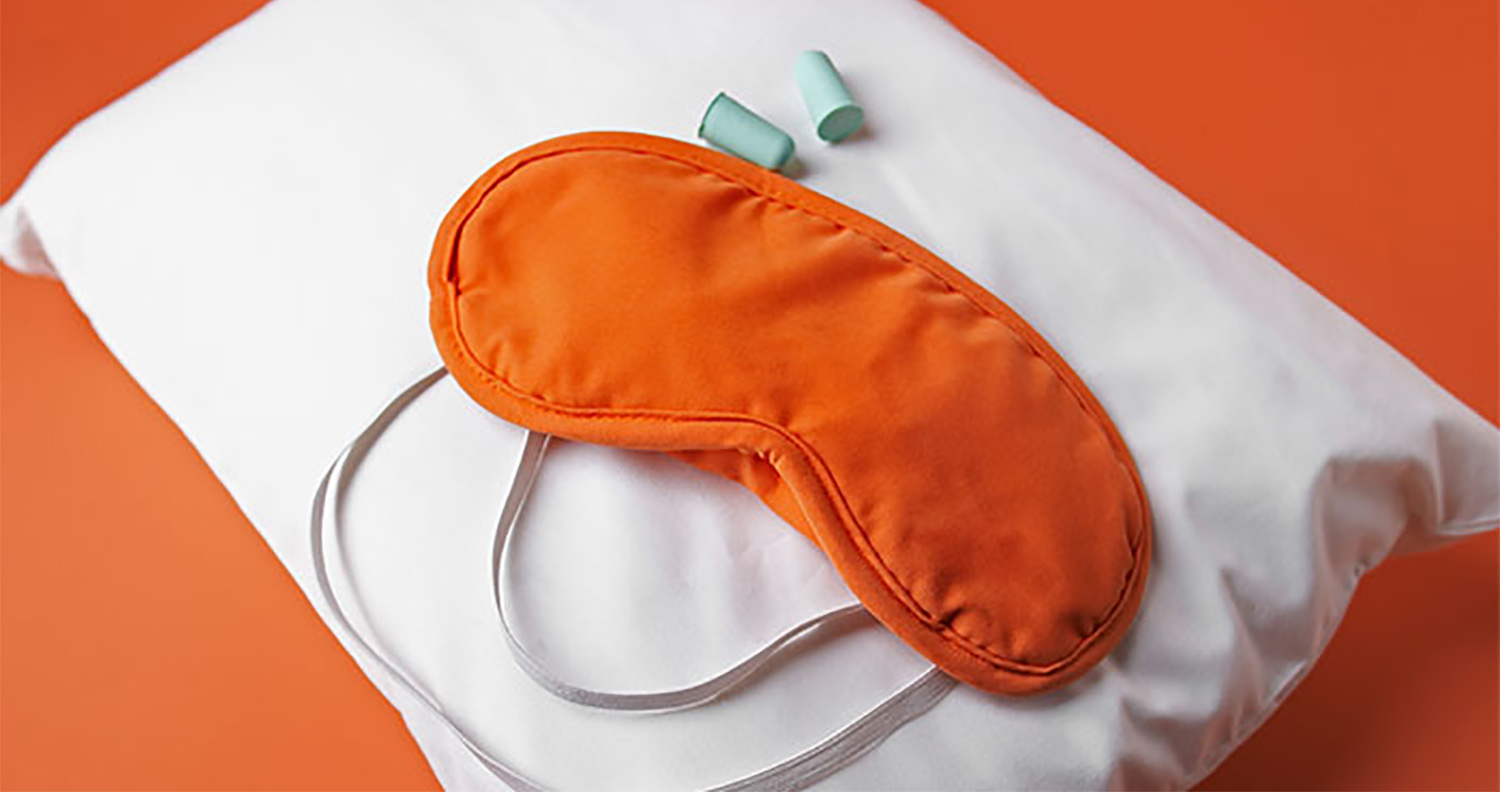 Patients going into hospital should be given airline-type sleeping aids such as masks and ear plugs to combat noisy wards, according to an Australian study.
Patients going into hospital should be given airline-type sleeping aids such as masks and ear plugs to combat noisy wards, according to an Australian study.
It found that the noise level in hospitals could match that of a lawn mower, particularly in shared rooms, adversely affecting both patients and staff.
The new study published in the International Journal for Quality in Health Care reveals noise in hospital wards typically surpasses the levels set by the World Health Organization to significantly impact patient recovery by disturbing sleep.
It shows the average noise level in patient rooms is 47.2dB, which exceeds the WHO’s recommendation of 30dB.
The study – a collaboration between researchers at Macquarie University’s Australian Institute of Health Innovation, St Vincent’s Health Network, the University of New South Wales, and Sleep Foundation Australia – found that 40% of patients rated their hospital sleep experience as “poor” or “very poor” primarily due to noise.
Corey Adams, a clinical researcher at AIHI and lead author of the study, said that while people knew hospitals could be noisy places, the research found the problem was more severe than expected.
Sleep-deprived patients
“Research shows patients sleep an average of five hours in hospital, which is considerably less than what they typically sleep at home,” he said.
“Sleep in hospital is also interrupted and fragmented. Patients are disturbed by alarms, equipment, talking and clinical activities, which prevent them from reaching the deeper sleep essential to recovery and healing.”
Researchers collected sleep experience data by surveying patients who spent more than 24 hours in one of seven wards in a large public hospital in Sydney during four weeks in late 2021, while also placing noise measuring devices in single and shared rooms.
Noise levels were monitored overnight across a 12-hour period from 8pm. The maximum readings spiked between 93.6dB and 106.9dB, louder than a busy restaurant and almost as loud as a motorbike.
“We discovered the number of noise peaks in all shared rooms was very high and, for example, in one room there were 86 noise peaks during a 12-hour period,” Mr Adams said. “On average, this equates to one noise interruption every seven minutes.”
Patients and staff both at risk
The study noted that diminished sleep increased the risk of health complications like impaired glucose tolerance, hypertension, increased stress hormone response and delirium.
Mr Adams said a patient not getting quality sleep may feel more pain, suffer memory lapses, display a deteriorating mood, and become anxious or agitated.
“This may also affect hospital staff exposed to the same noise levels, with an impact on their concentration and memory,” he said.
“It’s accepted hospitals are noisy, but they need not be, and it’s about challenging norms to reduce the impact on patients and staff. The good news is there are simple things we can do.
“We have developed the HUSH project – Help Us Support Healing – with patients given a pack on admission similar to what’s provided on a plane, with earplugs, eye masks, and information on better sleeping in hospital.”
He said one solution could be to reduce the number of times staff visit a room by ‘chunking’ activities together can further minimise disturbance to patients.
“A lot of noise is generated by people talking, when we’re in an environment that’s noisy we increase our own noise, so breaking that cycle is key with awareness important to this.”

